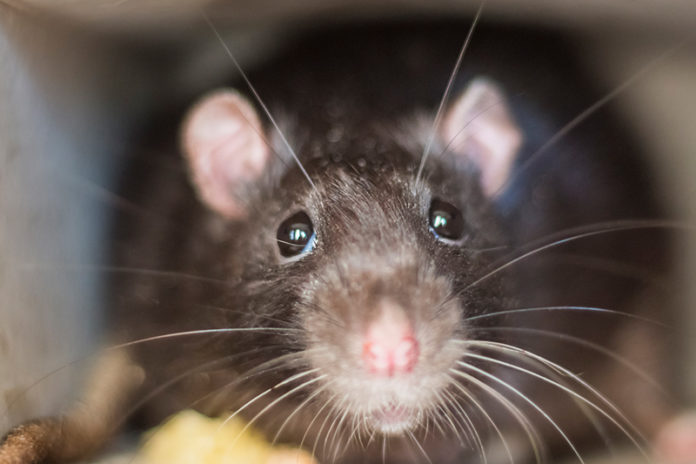The federal Endangered Species Act protects a wide array of threatened creatures. But it doesn’t apply to Scabby the Rat, which will soon become extinct if the Republican-controlled National Labor Relations Board has its way.
Scabby is a giant inflatable rodent, up to 25 feet tall, with angry red eyes, exceptionally prominent front teeth and sharp claws. Created some 30 years ago, it’s a favorite device of unions trying to draw attention to their grievances, and it works. “Before, you could drive by and see six guys with picket signs and probably never notice them,” James Allen, president of District Council 1 of the International Union of Bricklayers, told the Tribune last year. Scabby is hard to miss.
I used to occasionally pass by one incarnation on a sidewalk in downtown Chicago. The figure was set up to express dissatisfaction at a contractor’s use of nonunion workers. Even on a bleak day, the sight could bring a smile to my face.
But the NLRB’s general counsel, appointed by Donald Trump, is not smiling. Peter Robb, previously a management lawyer, “hates the rat,” one unidentified senior NRLB official told Bloomberg Law. At his direction, the agency is trying to eradicate Scabby.
It’s not likely to succeed. Under Barack Obama, the NLRB ruled that putting this huge air-filled mascot outside the entrance of a hospital, accompanied by a union member holding a leaflet, was a form of free expression protected by the First Amendment.
Lawyers for the hospital insisted that the use of Scabby was not protected because it could intimidate people from the building. They also claimed that it amounted to picketing, which is illegal when used against an employer who is merely doing business with the employer that the union has a dispute with.
But there is a critical line between picketing, which typically forces people to pass through a line of marching and sometimes hostile workers, and persuasion, which subjects passersby only to images and words meant to communicate the union’s point of view.
Obama’s NLRB reached the obvious conclusion that Scabby, red eyes and all, was an example of the latter.
“The rat balloon itself was symbolic speech,” said the board. “It certainly drew attention to the union’s grievance and cast aspersions on (the nonunion employer), but we perceive nothing in the location, size or features of the balloon that were likely to frighten those entering the hospital, disturb patients or their families, or otherwise interfere with the business of the hospital.”
I would not leap at the chance to cross a picket line composed of beefy Teamsters who woke up on the wrong side of the bed. But in the times I have passed by, Scabby failed to elicit a twinge of anxiety in my peace-loving self. It’s about as scary as Oscar the Grouch.
Not that the comfort of me or any other observer is the concern of the First Amendment. It deliberately places the freedom of people to express their views above the desire of other people to avoid being exposed to those views.
The fact that the means of expression here is a towering container of air does not allow the government to ban it. Some modes of communication – burning American flags, wearing black armbands, declining to salute during the Pledge of Allegiance, staging a silent sit-in in a segregated library — are not literal speech. But the Supreme Court has ruled that they are constitutionally protected expression.
In a 1943 Supreme Court decision upholding the right of schoolchildren to refuse to salute the flag, Justice Robert Jackson wrote: “There is no doubt that, in connection with the pledge, the flag salute is a form of utterance. Symbolism is a primitive but effective way of communicating ideas.”
Nor does it matter that Scabby may make employers gnash their teeth in fury. As Justice Oliver Wendell Holmes Jr. memorably wrote in 1929, “If there is any principle of the Constitution that more imperatively calls for attachment than any other, it is the principle of free thought — not free thought for those who agree with us but freedom for the thought that we hate.” You don’t need a First Amendment, after all, to protect inoffensive expression.
Plenty of companies have critics, but only a few find themselves under the unblinking glare of a vinyl rodent colossus. Those who do might as well take Scabby as an honor.































